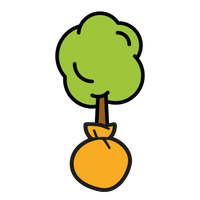When should I plant Wintergreen Barberry hedging?
The best time to plant your Wintergreen Barberry is during Autumn.
How far apart do you plant Wintergreen Barberry hedges?̴Ì?
Depending on how mature the plants are, you should stick to around 3-5 plants per metre. Please note, the bigger the root ball, the more mature the roots are and the less plants you will need per metre.
How to plant Wintergreen Barberry:
First, dig a hole that is twice the size of the root ball, and sprinkle a nice handful of bone meal into the soil, and mix in well.
Place the plant into the hole, ensuring it is in the middle and straight, then fill in with excess soil, pressing down lightly but firmly to secure the plant well.
Ensure to water thoroughly for the first year of planting to help the roots establish properly.












